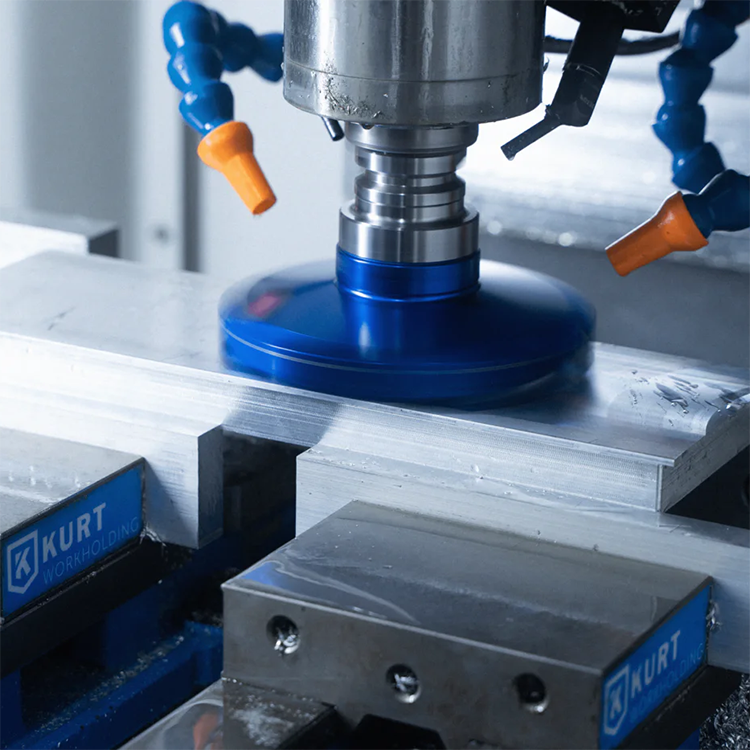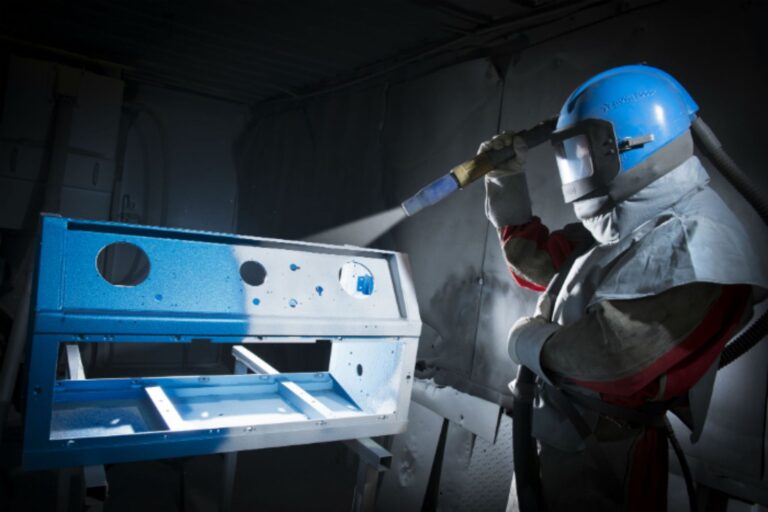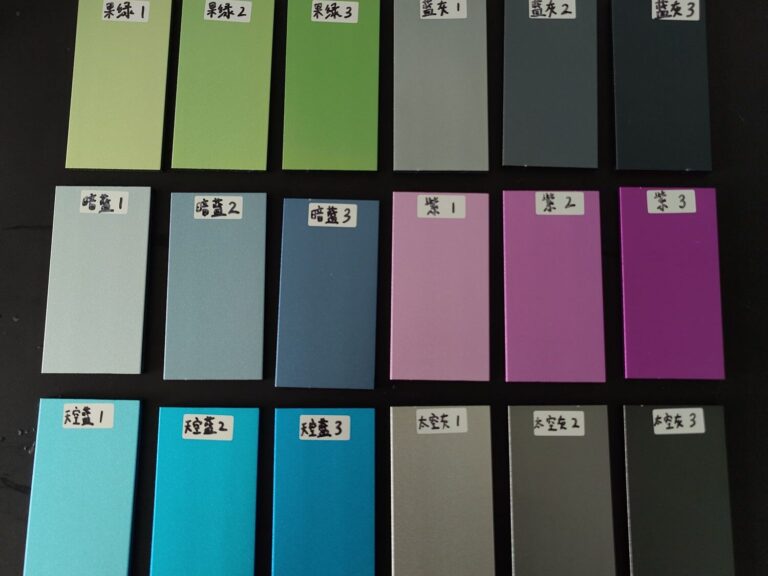In the process of making prototypes, it is often said that electroplating is used. It is a surface treatment technology commonly used in the production of prototypes. So, what is the role of electroplating in the manufacture of prototypes
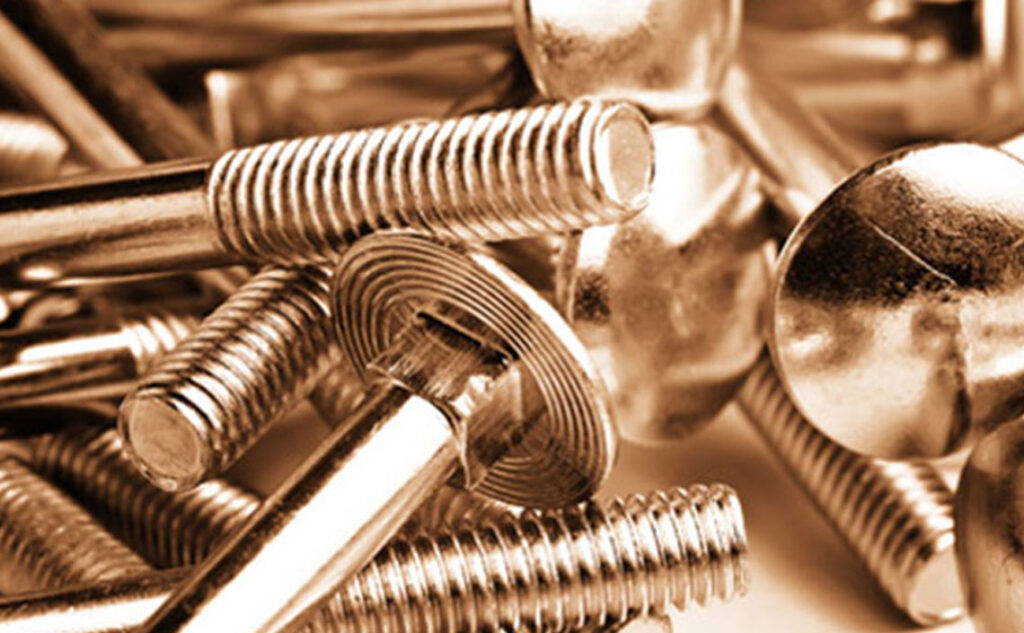
What is electroplating?
Electroplating is the process of plating a layer of other metals or alloys on the metal surface using the principle of electrolysis.
The purpose of electroplating is to coat a metal coating on a substrate to change the surface properties or dimensions of the substrate
Advantages of electroplating:
Electroplating can enhance the corrosion resistance of metals (mostly coated metals are made of corrosion-resistant metals), increase hardness, prevent wear, improve electrical conductivity, lubricity, heat resistance, and beautiful surface.
Although both plastic prototypes and metal prototypes can use electroplating technology, because their characteristics are not the same, there are still differences in electroplating.
Plastic prototypes have strong adsorption and can be electroplated directly on the surface of the prototype. If metal prototypes are electroplated directly, they will easily fall off. Therefore, metal prototypes need to be sprayed with a layer of primer before electroplating, so that the effect of electroplating will be very good. Well, the anti-corrosion time will be longer.
Types of plating:
Depending on the coating material, in practical applications, there are different effects.
Gilded:
Improve conductive contact resistance and enhance signal transmission. (Gold is the most stable and the most expensive.)
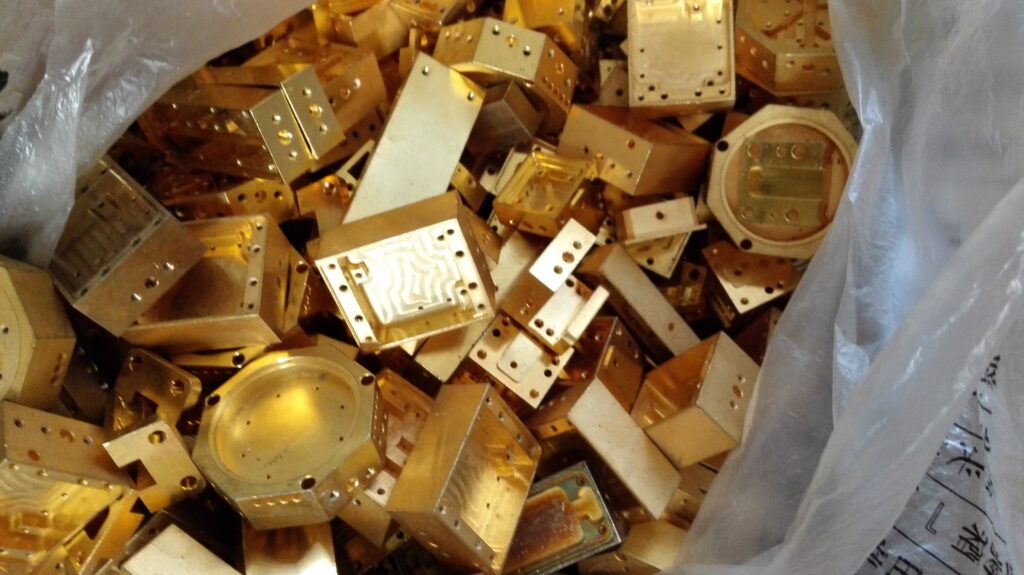
silver:
Improve conductive contact resistance and enhance signal transmission. (Silver has the best performance, is easy to oxidize, and conducts electricity after oxidation)

Copper plating:
Used as a primer to enhance the adhesion and corrosion resistance of the electroplating layer. (Copper is easy to oxidize. After oxidation, the patina is no longer conductive, so copper-plated products must be protected by copper)
Nickel plating:
It is used as a primer or as an appearance to improve corrosion resistance and wear resistance (among them, chemical nickel is more wear-resistant than chrome plating in modern technology). (Note that many electronic products, such as DIN heads and N heads, no longer use nickel as the backing, mainly because nickel is magnetic, which will affect the passive intermodulation in the electrical performance)
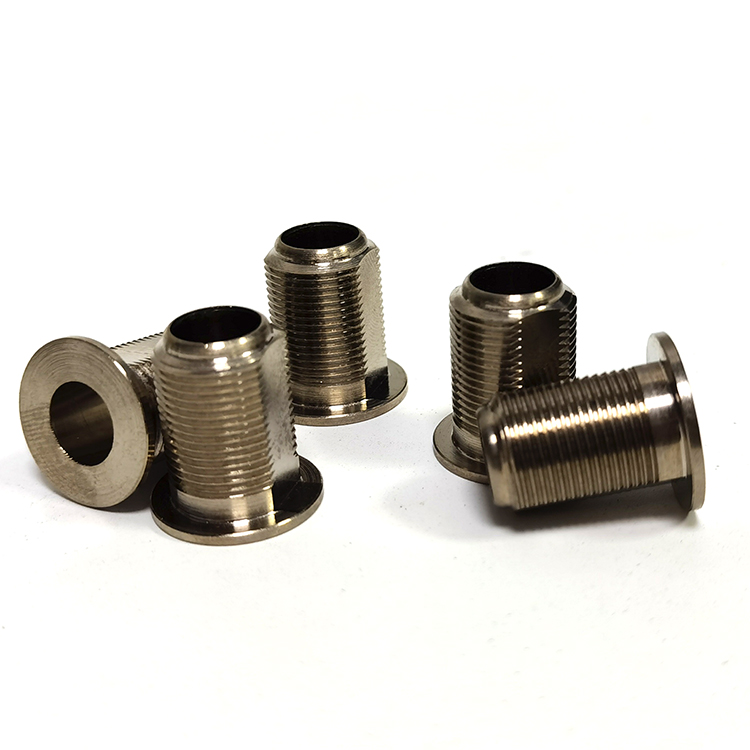
Palladium Nickel Plated:
Improve conductive contact resistance, enhance signal transmission, and have higher wear resistance than gold.

Tin lead:
Improve soldering ability and be quickly replaced by other alternatives (because of lead content, most of them are changed to bright tin and matte tin).

